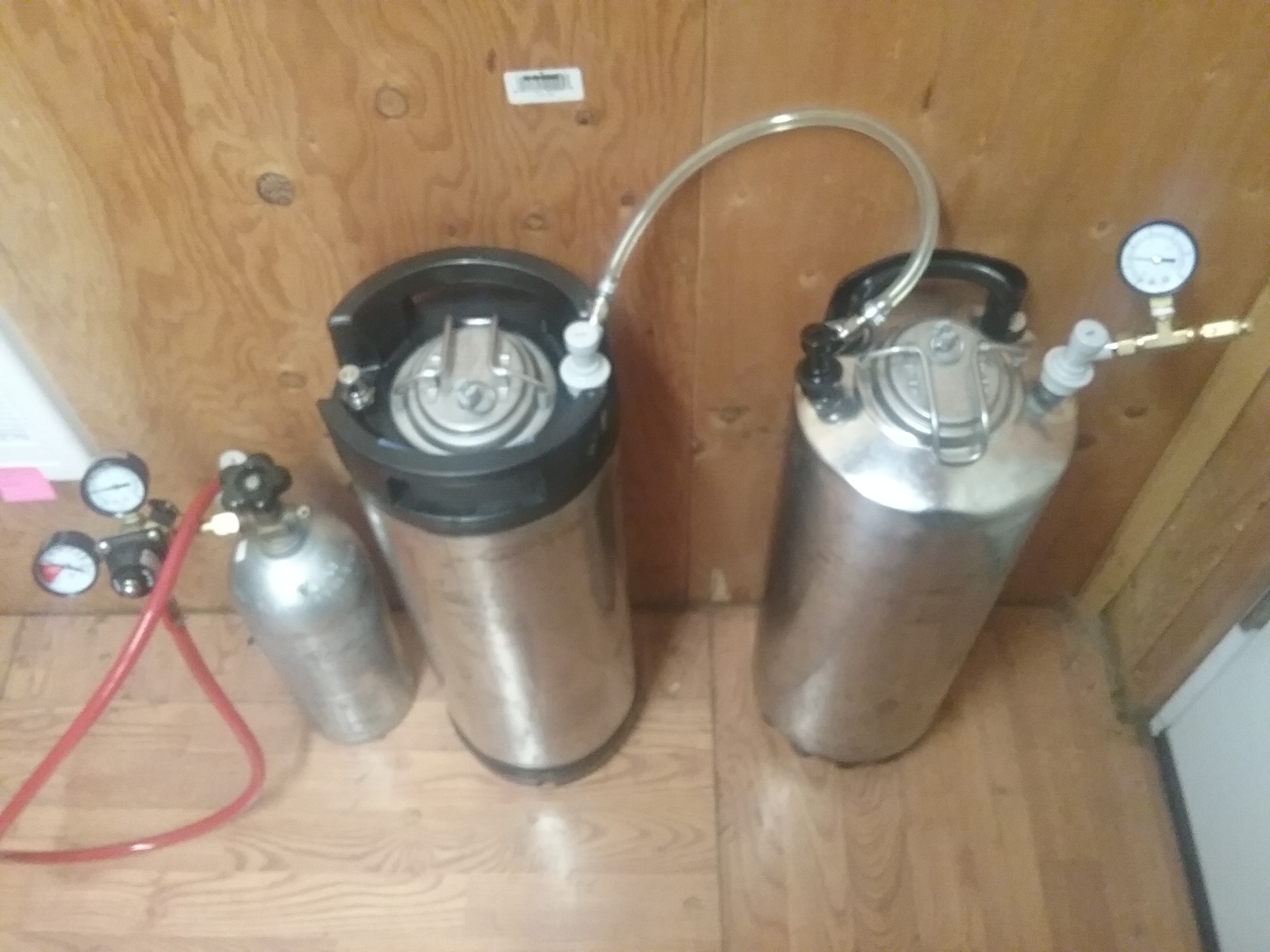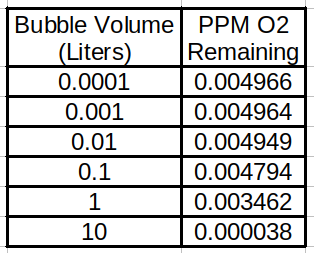processhead
Well-Known Member
I seem to recall reading the CO2 is denser than air and will displace the air in a container. Not sure if that is true since air is made up partially of CO2.
If it is true, it would seem that under the right conditions and avoiding turbulence while filling, one could displace the air out of a keg with CO2 gas.
If it is true, it would seem that under the right conditions and avoiding turbulence while filling, one could displace the air out of a keg with CO2 gas.










































![Craft A Brew - Safale S-04 Dry Yeast - Fermentis - English Ale Dry Yeast - For English and American Ales and Hard Apple Ciders - Ingredients for Home Brewing - Beer Making Supplies - [1 Pack]](https://m.media-amazon.com/images/I/41fVGNh6JfL._SL500_.jpg)




















